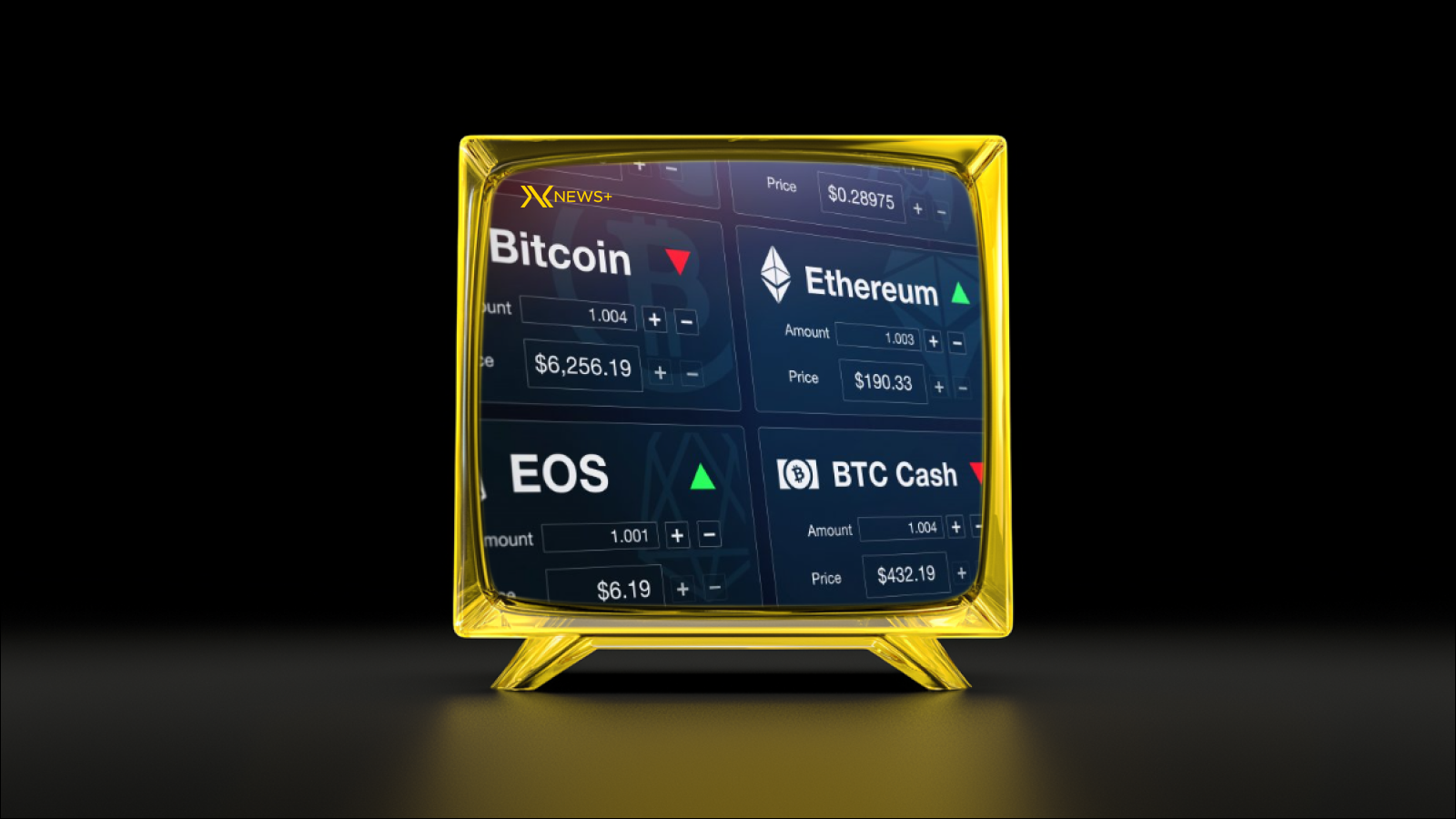Understanding Cryptocurrency Mining: The Basics Explained
Cryptocurrency Mining: is the process by which new coins are generated, and transactions are validated on blockchain networks. Essentially, it involves solving complex mathematical problems using powerful computers. Miners are rewarded with cryptocurrency for their efforts, contributing to the network’s maintenance and security.
At its core, cryptocurrency mining serves two main purposes. Firstly, it confirms and adds transactions to the public ledger, known as the blockchain. Every time a transaction occurs, miners compete to validate it, ensuring that the same coin isn’t spent twice, which is known as the double-spending problem.
Secondly, mining introduces new coins into circulation. Different cryptocurrencies have varied mining mechanisms; for instance, Bitcoin has a capped supply of 21 million coins, and miners receive Bitcoin as a reward for their mining activities, gradually decreasing over time in a process known as halving.
There are two main types of mining: proof of work and proof of stake. Proof of work requires miners to expend energy and computing power to solve puzzles, while proof of stake allows participants to validate transactions based on the number of coins they hold, significantly reducing the energy needed.
Despite the initial high investment in hardware and electricity costs, cryptocurrency mining: can be lucrative, especially if mining operations are started during favorable market conditions. However, miners must continuously adapt to changes in technology, competition, and market dynamics to remain profitable.
As technology progresses, new cryptocurrencies with varied mining algorithms emerge, offering opportunities for miners to diversify. However, potential miners should conduct thorough research and stay informed about regulations and market trends to make educated decisions about entering the mining space.
Setting Up Your Mining Rig: Input Requirements for Success
When diving into the world of Cryptocurrency Mining, the first step is to assemble a robust mining rig equipped with the necessary components. Here’s a breakdown of the key input requirements for a successful setup:
- Hardware: Your mining rig’s core is primarily determined by the hardware you choose. Options range from high-end ASIC (Application-Specific Integrated Circuit) miners, specifically designed for mining cryptocurrencies, to GPU (Graphics Processing Unit) rigs that offer greater flexibility for multiple cryptocurrencies. Always choose hardware that offers the best hash rate to power consumption ratio.
- Power Supply: An efficient power supply unit (PSU) is crucial for any mining rig. Ensure the PSU can handle the wattage requirements of your hardware, and consider one that is certified for efficiency (such as an 80 Plus rating) to maximize profitability.
- Cooling Solutions: Mining generates significant heat, making effective cooling systems essential. Invest in high-quality fans, heatsinks, or liquid cooling solutions to prevent overheating and ensure optimal performance.
- Mining Pool Membership: Joining a mining pool is highly recommended, especially for beginners. In pools, miners combine their computational power to increase the chances of solving blocks and receiving rewards more frequently than solo mining.
- Software: Choosing the right mining software is vital for your operations. Research and select software that is compatible with your hardware and provides comprehensive analytics to monitor your mining performance.
- Stable Internet Connection: A reliable and stable internet connection is crucial for seamless mining operations. Frequent interruptions can lead to lost mining opportunities and reduced earnings.
By ensuring that you have the right equipment and connections in place for your Cryptocurrency Mining rig, you can maximize your chances of profitability as you navigate the evolving landscape of cryptocurrency in 2024.
Evaluating Profitability: The Development of Mining Earnings
As we move into 2024, understanding the profitability of Cryptocurrency Mining is essential for miners, both seasoned and newcomers. Several factors play a crucial role in determining mining earnings, including cryptocurrency market volatility, the cost of electricity, and the efficiency of mining hardware.
Mining profitability is often impacted by the price fluctuations of cryptocurrencies. When prices spike, miners can enjoy higher earnings, but when prices drop, maintaining profitability can become challenging. For instance, mining Bitcoin or Ethereum during a market peak can yield substantial profits, whereas a downturn may render operations unprofitable.
Additionally, the cost of electricity is a significant factor in evaluating mining operations. Miners need to calculate their operational costs accurately. Locations with lower electricity rates often provide better profit margins. Therefore, it’s wise for miners to assess their local energy costs and possibly consider relocating to areas with lower rates.
Hardware efficiency is another critical aspect. As technology advances, newer generation mining rigs often yield higher hash rates with lower energy consumption, making them more profitable than older models. Keeping up with technological advancements can offer miners a competitive edge.
Moreover, understanding network difficulty and its adjustment over time is crucial for maintaining mining profitability. Increased competition in the mining space leads to higher difficulty levels, affecting the amount mined per unit of energy or time. Miners must therefore be proactive and flexible in adapting their strategies according to changes in network difficulty.
The development of earnings in Cryptocurrency Mining requires a holistic view encompassing market conditions, operational costs, and technological advancements. By closely monitoring these elements, miners can optimize their operations and maintain profitability in the evolving cryptocurrency mining landscape of 2024.
Future Trends: The Resulting Impact on Cryptocurrency Mining in 2024
As we look forward to 2024, it is crucial to identify the key trends that will shape the landscape of Cryptocurrency Mining: and its overall viability. The landscape is continually evolving, influenced by technological developments, regulatory changes, and market dynamics.
One of the most significant trends expected to impact cryptocurrency mining: is the increasing push towards sustainability and energy efficiency. With environmental concerns gaining visibility, miners will likely adopt greener technologies, such as renewable energy sources and more efficient mining hardware. This could reduce the carbon footprint associated with cryptocurrency mining:, making it more palatable for regulators and the general public alike.
Additionally, the emergence of new mining algorithms and protocols will also play a major role. As networks look to enhance security and decentralization, the adoption of proof-of-stake and hybrid consensus models may reduce reliance on traditional mining processes. This shift could lower barriers to entry for new miners while creating a more competitive landscape, ultimately affecting profit margins.
Another aspect to consider is the impact of legislation and regulatory frameworks on the future of cryptocurrency mining: Governments around the world are beginning to address the challenges and risks associated with mining activities. Regulatory clarity may pave the way for more stable market conditions, encouraging investments and innovations in the sector. However, it may also impose stricter compliance requirements that could challenge existing miners.
Technological advancements such as Artificial Intelligence (AI) and machine learning are set to revolutionize cryptocurrency mining: These technologies promise to optimize mining operations, enhancing efficiency and potentially leading to greater profitability. Miners leveraging AI for predictive analytics could strategically choose the best times to mine or sell, responding dynamically to market changes.
2024 is poised to be a transformative year for cryptocurrency mining: The combination of sustainability efforts, regulatory developments, evolving mining algorithms, and cutting-edge technology will define whether mining remains a viable and lucrative endeavor. Keeping an eye on these trends will be essential for prospective miners and seasoned veterans alike as they navigate this complex and changing environment.
Disclaimer
This article is for informational purposes only and does not constitute financial or investment advice. Cryptocurrency mining carries inherent risks, including market volatility, regulatory changes, and operational costs. Readers are encouraged to conduct thorough research and consult with a financial advisor before engaging in mining activities. The authors and platform do not guarantee the accuracy or completeness of the information provided and disclaim any responsibility for potential financial losses.





